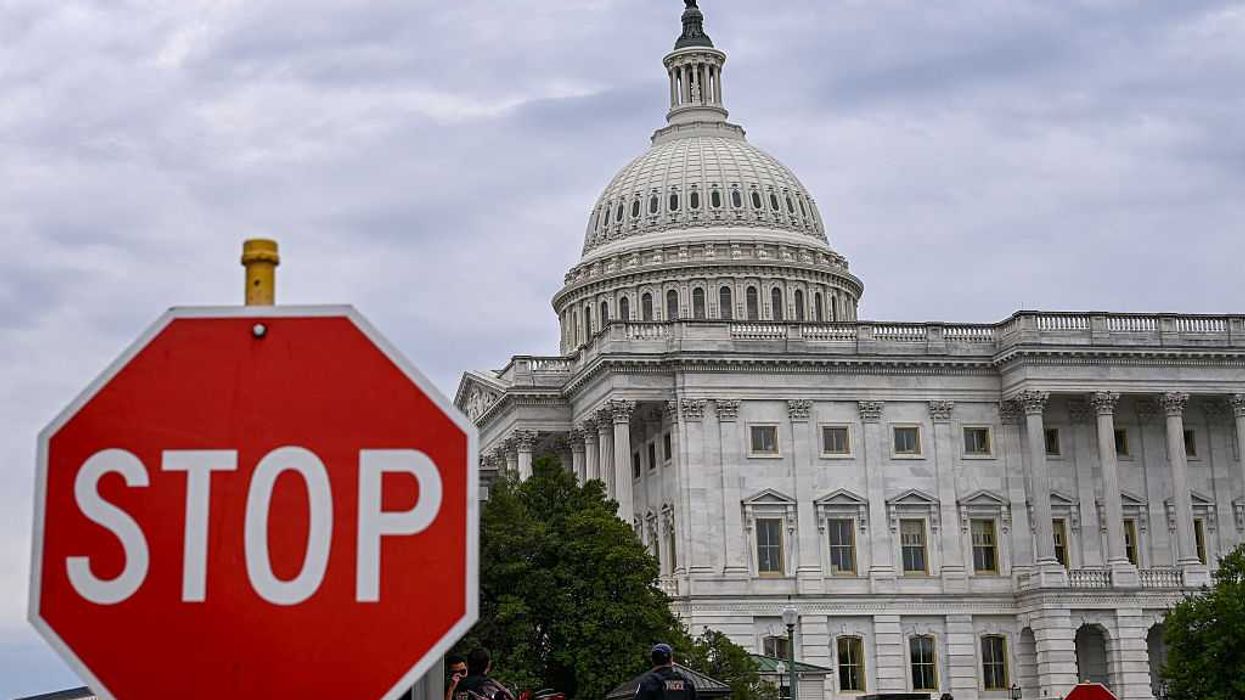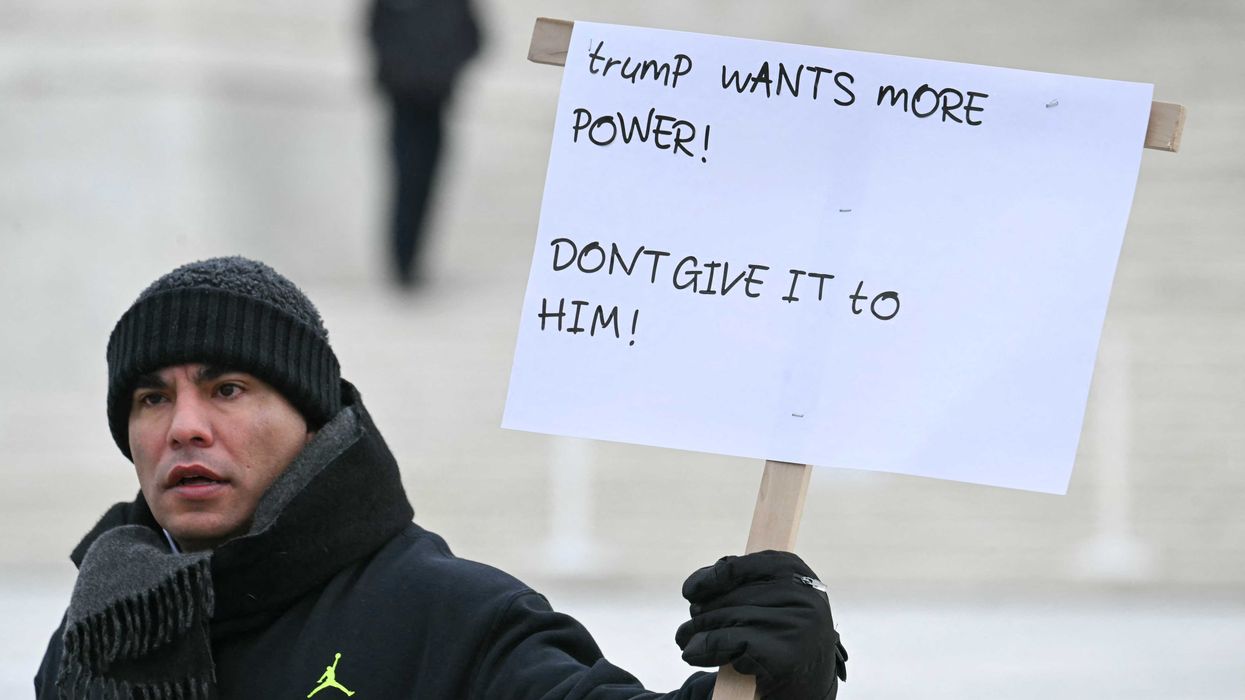Benjamin Franklin Critics of the Founders point to the three-fifths clause in the United States Constitution, which counted blacks as three-fifths of a person, as proof of their racism. To use this as proof of the Founders’ hatred for black people shows a painful lack of knowledge.
The three-fifths clause had nothing to do with the worth of the human being. The argument in question was over the census and counting people in various states for Congressional representation and taxation. Many southern delegates argued that slaves, as their property, should be counted as a full person. Why? Because that would increase their representation in Congress, and thus their power and ability to keep slavery intact. The northern delegates who sought the eventual end to slavery knew that more representation meant more power for the south. And if they allowed that, slavery may never end. The compromise was the three-fifths clause.
During the constitutional convention of 1787, the slavery debate threatened to derail any attempts to form a new government. The southern states would not have entered the Union if slave trade had been abolished. Thus, the delegates agreed to end the slave trade in 1808. James Madison wrote, “Great as the evil is, a dismemberment of the Union would be worse.”
The Founders put an end to the slave trade in 1808. From the ratification of the Bill of Rights in 1791 to 1808, the slave trade lasted a total of 17 years in the United States of America. Ending slavery altogether would take a civil war and the lives of 600,000 Americans, 57 years later.
In the early 1770s, before America declared independence from England, two Founding Fathers — Benjamin Franklin and Benjamin Rush — tried to eliminate slavery from the American continent. Franklin’s journey towards abolitionism had started ten years earlier with a visit to a school for black children, created by the Reverend Thomas Bray. For Franklin, it was an eyeopener, and he financially backed the Bray Associate School in Philadelphia.
Historian David Barton explains:
While Pennsylvania was still a British colony, Pennsylvania passed an anti-slavery law, but King George III vetoed that law passed by Pennsylvania. At that point in time, in 1774, Ben Franklin joins with fellow Pennsylvanian, also soon to be signer of the Declaration, Benjamin Rush, and they start the first Abolition Society in Pennsylvania. It was an act of civil disobedience against King George III. He said, “You can’t end slavery.” They said, “Watch us.” But Franklin had already taken actions well before that.
Back in 1768, Ben Franklin had joined with Francis Hopkins, who was also soon to be a signer of the Declaration, and they started a chain of schools across Pennsylvania and across New England for black Americans. And it was to teach black Americans the Bible and academics. Now, that doesn’t seem all that notable today, but it was then. Because under British policy, you were not to be educating blacks. Because if you educate blacks, they don’t make good slaves.
And, by the way, if you teach them to read, they’re probably going to read the Bible because that was the book. And if they read the Bible, they’ll probably end up praying. And if they end up praying, you know what they’re going to pray for, is an end of slavery. And that’s just not a good thing, to have an educated slave. So under British policy, you tried to avoid education for slaves.
Now, that was carried forth in America in the southern states. And at the time of the civil war, it was a capital offense to teach a black to read. If a white person taught a black person to read, you both got kill. That was a capital offense.
Benjamin Franklin, president of the Pennsylvania anti-slavery society, thought differently and wanted to see blacks educated. When the first Congress of the United States convened in 1789, Ben Franklin introduced a petition asking Congress to abolish slavery. He died shortly after in 1790, without seeing his efforts to end slavery come to fruition. But he was one of the many Founding Fathers who worked to end slavery in America, recognizing that civil rights came from God’s creation, that all men were created equal and endowed by their creator with certain unalienable rights, including life and liberty.
Franklin realized that being in bondage as a slave, having no free will, being governed by fear, and most likely abused on a regular basis, would take its toll on its victims. So he not only fought to free slaves, but also set up a way to help once they were freed. Franklin and his friends decided to expand the activity of their Abolition Society to include assistance in the immediate post-slavery period, helping former slaves make the transition to freedom by providing advice, assistance in finding jobs, educating children and learning how to exercise and enjoy their new civil liberties. He did all of this with private funds and private effort and without any government interference or intervention.

 ALEX WROBLEWSKI / Contributor | Getty Images
ALEX WROBLEWSKI / Contributor | Getty Images
 JIM WATSON / Contributor | Getty Images
JIM WATSON / Contributor | Getty Images Joe Raedle / Staff | Getty Images
Joe Raedle / Staff | Getty Images AASHISH KIPHAYET / Contributor | Getty Images
AASHISH KIPHAYET / Contributor | Getty Images